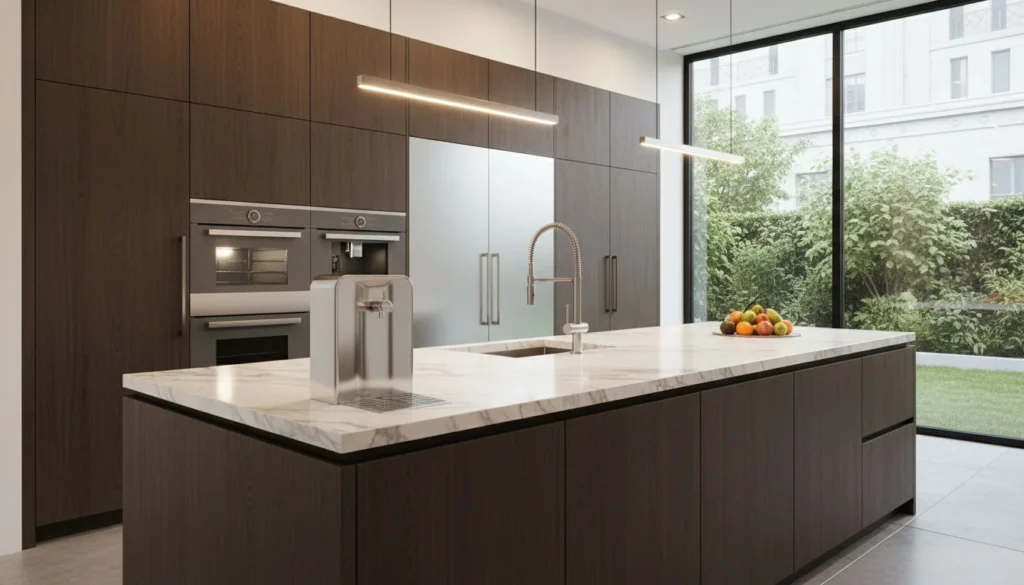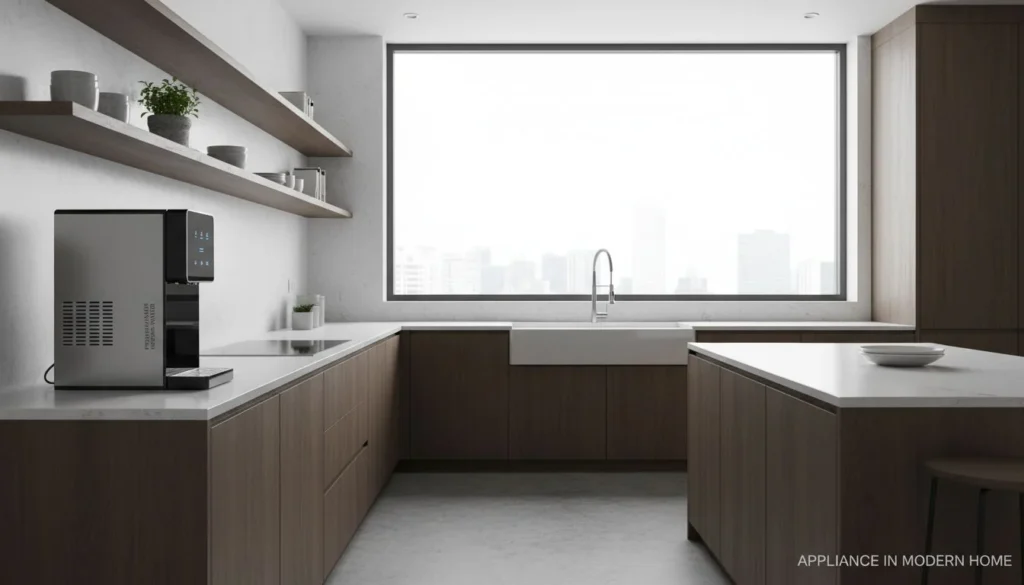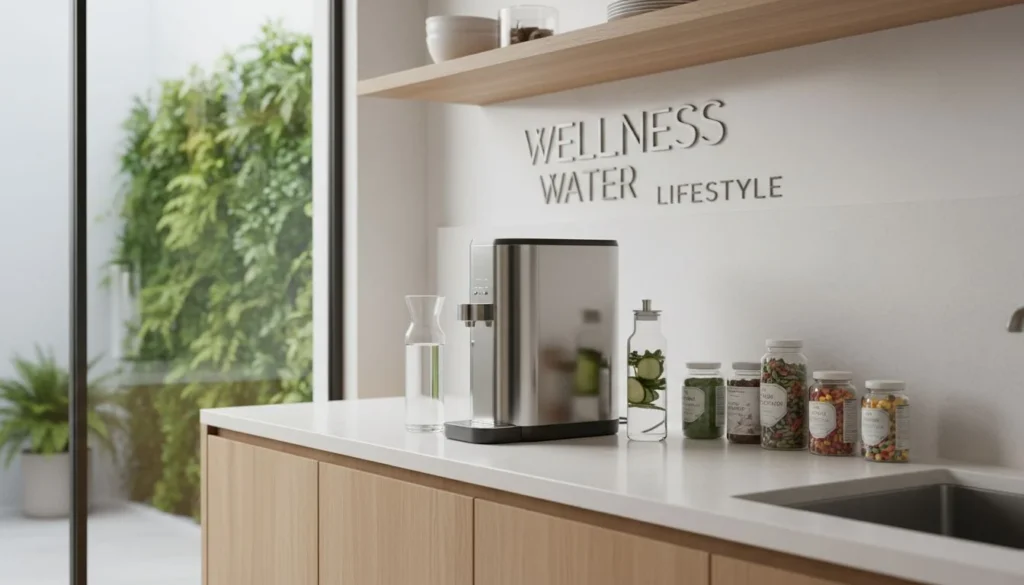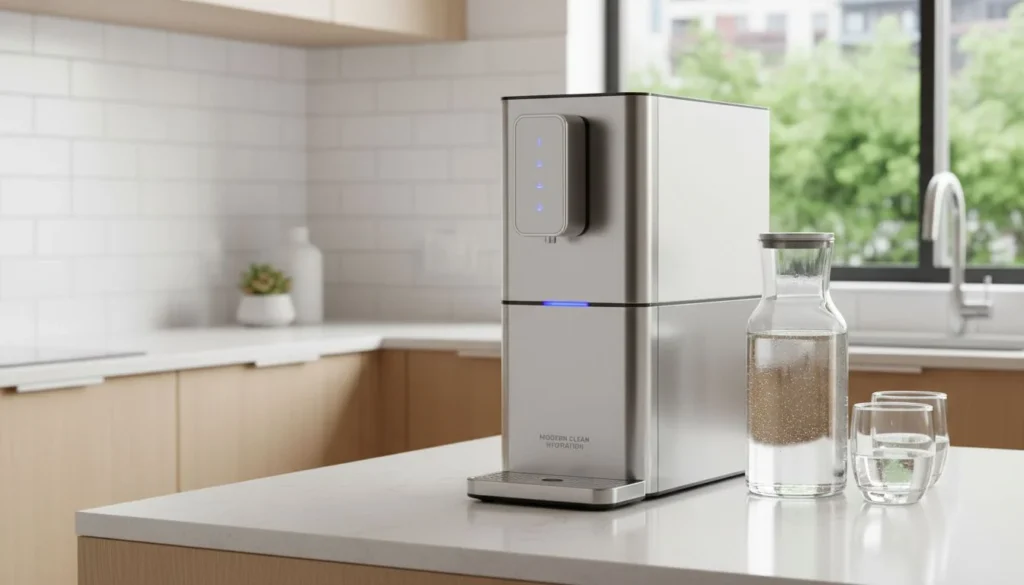Ever wondered about the journey your Honeywell humidifier took before landing in your living room? After 15+ years in air quality manufacturing across Asia, I've grown fascinated by how major brands like Honeywell organize their production networks.
When clients ask me about Honeywell humidifiers, they're often taken aback learning about the brand's unusual "two-license" production setup that splits manufacturing between continents and companies. This split creates essentially two separate sourcing teams and factory networks serving different market segments.
Honeywell humidifiers operate under two distinct licensing agreements - portable units come primarily from China under Helen of Troy/Kaz, while whole-house systems are built in Mexico under Resideo's Honeywell Home license. This creates parallel supply chains responding differently to market forces and trade policies.
Let me take you behind the curtain of Honeywell's global manufacturing footprint, sharing industry insights that most consumers and even many retailers never see.
How is Honeywell's Humidifier Production Split Between Licenses?
Notice how different Honeywell humidifiers seem to have completely different design languages and distribution channels? There's actually a fascinating business reason behind this that few people realize.
Honeywell's humidifier portfolio operates under a unique "two-license" arrangement dividing production between separate companies. Helen of Troy/Kaz handles portable tabletop units, while Resideo manufactures whole-house systems under the Honeywell Home license acquired after the 2018 spin-off. This creates entirely separate supply chains with distinct manufacturing footprints.
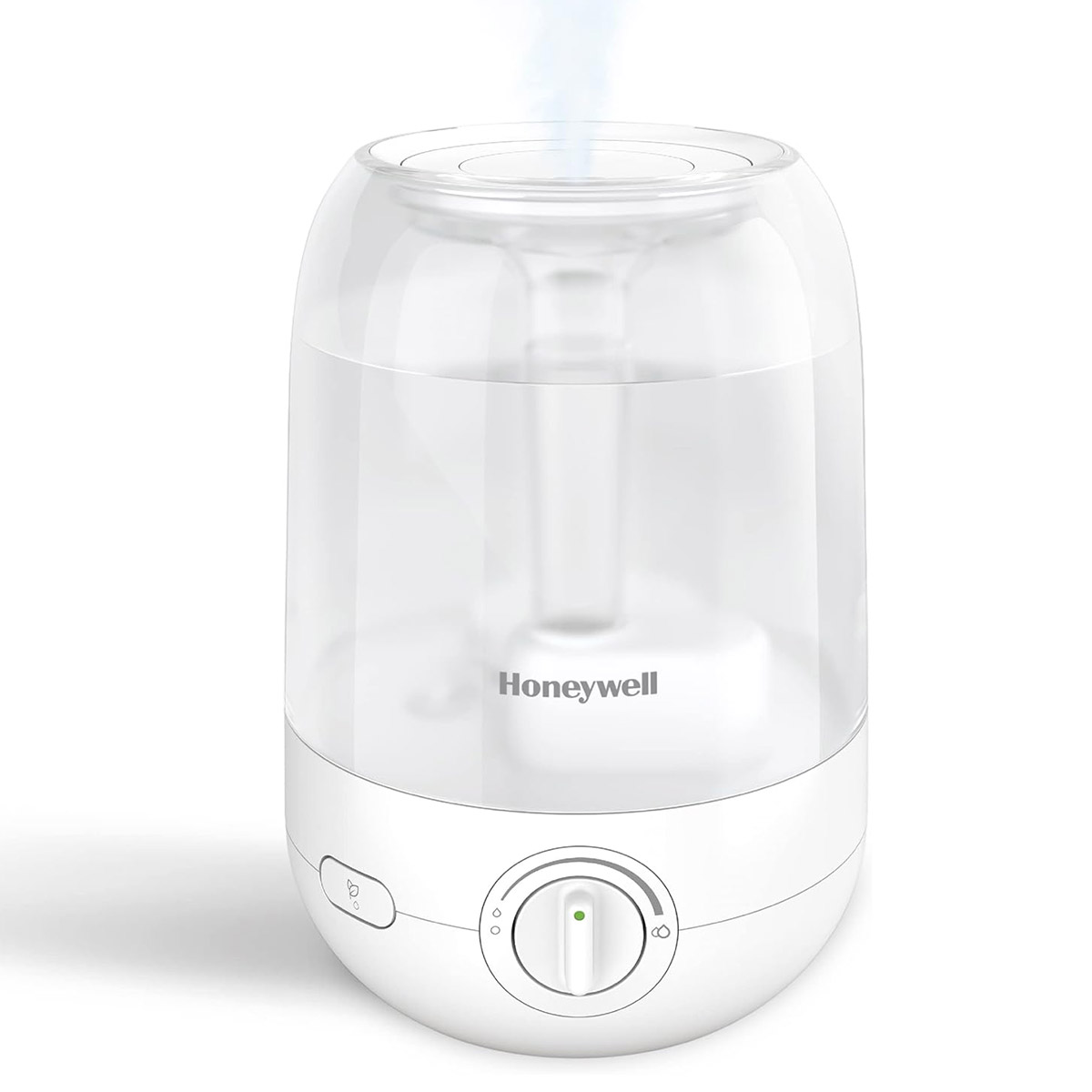
The Portable Humidifier License: Helen of Troy/Kaz
When I first started analyzing Honeywell's manufacturing approach, I couldn't help noticing how their consumer-facing portable humidifiers operate under a completely different business structure than their professional systems. Helen of Troy (who bought Kaz back in 2010) holds a long-running license to make and sell those familiar Honeywell tabletop humidifiers you see at Target or Amazon.
This covers those popular HEV-series evaporative models, HCM cool mist units, and those sleek Designer Series ultrasonics dominating retail sales. This setup gives Helen of Troy tremendous flexibility in where and how they manufacture, letting them optimize their supply chain completely independently from Honeywell's core operations.
The Whole-House System License: Resideo
On the flip side, you've got Resideo, who snagged rights to the Honeywell Home brand for HVAC products after Honeywell's 2018 spin-off. Their license covers those TrueEASE bypass/power humidifiers (like the HE200/HE250 models) and the HM750 electrode-steam line typically installed by HVAC pros as part of whole-home systems.
Resideo runs an entirely separate manufacturing and distribution network focused on professional channels rather than retail. This separation creates fascinating dynamics in how these two license holders respond to supply chain disruptions, trade policies, and market shifts.
| License Holder | Product Types | Primary Manufacturing Locations | Distribution Channels |
|---|---|---|---|
| Helen of Troy/Kaz | Portable tabletop humidifiers (HEV, HCM, Designer Series) | China (Guangdong, Zhejiang) | Retail stores, e-commerce |
| Resideo | Whole-house systems (TrueEASE, HM750) | Мексика | HVAC distributors, contractors |
Where Are Consumer-Grade Honeywell Humidifiers Made?
Ever pick up a Honeywell portable humidifier at your local big box store and wonder where it actually came from? The answer probably won't shock you, but the details might.
China still cranks out the vast majority of consumer-grade Honeywell humidifiers, with production clustered in coastal Guangdong and Zhejiang provinces. These regions host specialized OEMs batch-producing tanks, atomizers, and control boards at massive scale. Retail listings for popular models like the 1.5-gallon HEV615 don't hide this fact, plainly stating "product is manufactured in China."
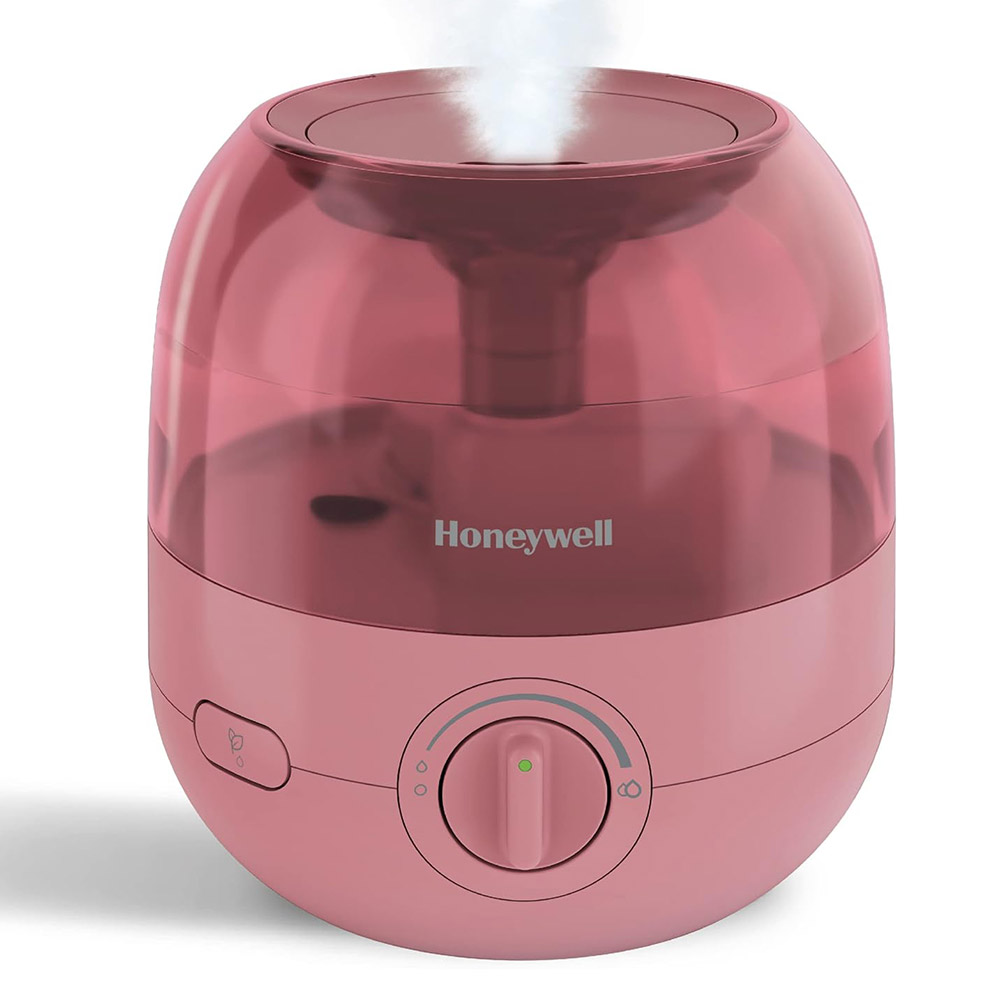
Having overseen production facilities across Asia for years, I've gained tremendous respect for China's unmatched manufacturing ecosystem for consumer appliances. For Honeywell's portable humidifiers under the Helen of Troy/Kaz license, manufacturing concentration in coastal Chinese provinces isn't just about cheap labor it's about the entire supply chain infrastructure.
Those familiar HEV series evaporative humidifiers and HCM cool mist models mainly come from specialized facilities throughout Guangdong province, particularly manufacturing powerhouses like Shenzhen and Dongguan. Meanwhile, many of those sleeker ultrasonic "Designer Series" models roll off production lines in Zhejiang province, where precision electronics manufacturing has flourished.
What makes these regions so damn effective for humidifier production is the incredible specialization developed over decades. Whenever I visit these manufacturing zones, I'm blown away by how entire industrial parks have evolved to support specific product categories, from specialized tank production to dedicated atomizer assembly lines.
This specialization enables economies of scale that simply can't be matched elsewhere. For a model like the popular HEV615, retailing under $70 in most markets, this manufacturing efficiency is crucial to hitting competitive price points while maintaining Honeywell's quality standards.
Why Has Mexico Become Honeywell's Hub for Whole-House Systems?
Ever notice how professional-grade Honeywell humidifiers have completely different manufacturing origins than their consumer counterparts? There's a strategic reason behind this geographic shift that reveals volumes about global supply chain evolution.
Mexico has emerged as the manufacturing center for Honeywell's whole-house humidification systems, with TrueEASE bypass/power units (HE200/HE250) and the HM750 electrode-steam line sporting "Made in Mexico" labels. This location strategically leverages USMCA duty-free treatment and offers just a one-day truck route to U.S. HVAC distributors, as I've confirmed from surplus-city listings and e-commerce box photos.
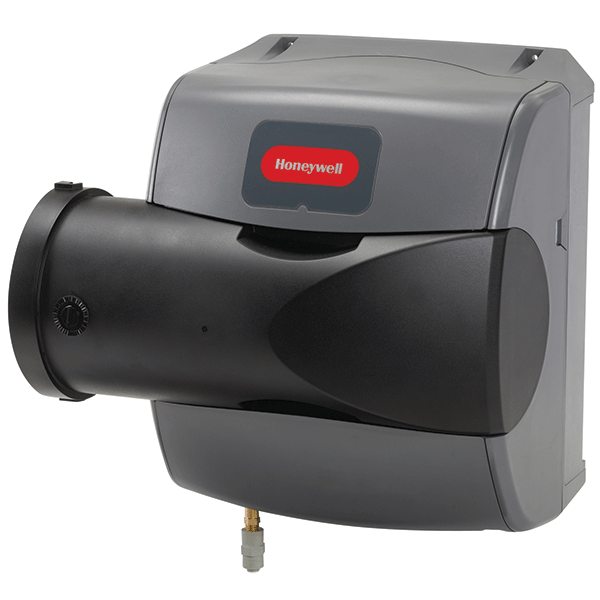
Having managed manufacturing operations across multiple countries, I've witnessed firsthand how proximity to end markets dramatically impacts business performance. For Resideo's Honeywell Home whole-house humidifiers, Mexican production delivers several major advantages:
-
USMCA Benefits: The United States-Mexico-Canada Agreement provides duty-free treatment for products manufactured in Mexico, eliminating the hefty tariffs that would hit Asian imports.
-
Logistics Efficiency: From Mexican production facilities, finished humidifiers reach U.S. distribution centers within a day by truck. Compare that to the 3-5 weeks typically required for ocean freight from Asia.
-
Professional Installation Timing: Whole-house humidifiers get installed by HVAC professionals as part of larger projects. The ability to quickly fulfill orders from nearby Mexican factories helps distributors maintain just-in-time inventory systems.
This geographic split between consumer and professional products reflects a broader trend I've noticed across the appliance industry. While mass-market consumer goods remain heavily concentrated in Asian manufacturing hubs, professional-grade equipment increasingly gets produced closer to end markets in North America and Europe.
How Do Global Supply Chains Impact Honeywell Humidifier Components?
Look at any Honeywell humidifier and you're seeing a product with a truly global supply chain footprint. But how deep does this international dependency go beyond where final assembly happens?
Component dependence for Honeywell humidifiers still flows back to China and Southeast Asia, even for Mexican-assembled models. Key components like circuit boards, solenoid valves, and plastic water trays come from the same Chinese vendors supplying the portable lines, resulting in Section 301 duties that squeeze margins and keep bill-of-materials costs roughly 8-10% above pre-trade-war levels.

Even those Mexican-assembled whole-house humidifiers rely heavily on imported components. When touring similar production facilities, I've observed how they function more as final assembly and testing operations, with critical components arriving pre-manufactured from overseas suppliers.
The global nature of Honeywell humidifier production becomes crystal clear when examining key components:
-
Printed Circuit Board Assemblies: The electronic brains of digital humidifiers typically come from specialized electronics manufacturers in Shenzhen and Dongguan, China.
-
Solenoid Valves: These precision components controlling water flow in whole-house systems are predominantly sourced from specialized manufacturers in eastern China's Zhejiang province.
-
ABS Water Trays and Tanks: The molded plastic components holding water in both portable and whole-house units are typically produced in southern China.
This continued reliance on Asian components significantly impacts product economics. Based on my industry experience and conversations with supply chain managers, Section 301 tariffs imposed on Chinese imports have meaningfully hit Honeywell humidifiers' cost structure, pushing overall bill-of-materials costs roughly 8-10% higher than pre-trade-war levels.
What Challenges Face Honeywell's Manufacturing Diversification?
With global trade tensions and supply chain vulnerabilities exposed by recent disruptions, many brands are scrambling to diversify their manufacturing footprint. So why hasn't Honeywell completely shifted production away from China despite these pressures?
Tariff hedging trials in Vietnam and Thailand face serious cost headwinds for Honeywell humidifiers. Helen of Troy has run pilot builds in Ho Chi Minh City and Chonburi, but weaker plastics and motor ecosystems push landed costs 12-15% higher than Shenzhen quotes once you factor in inland trucking and port fees. This mirrors the same struggles Vicks faces in their transition attempts, with no large-volume Honeywell launches successfully exiting China so far.

As someone operating factories in both China and Southeast Asia, I can offer unique perspective on manufacturing migration challenges. When Helen of Troy started exploring production alternatives for Honeywell humidifiers in Vietnam and Thailand, they hit many of the same roadblocks my company encountered during our expansion.
Based on conversations with industry colleagues and my own experience, Helen of Troy's pilot production runs in Ho Chi Minh City (Vietnam) and Chonburi (Thailand) have revealed several stubborn challenges:
-
Immature Component Ecosystems: Unlike China's comprehensive supply networks, Vietnam and Thailand lack the deep component ecosystems needed for cost-effective humidifier production.
-
Logistics Infrastructure Gaps: While improving rapidly, the inland transportation networks in Vietnam and Thailand still lag behind China's highly efficient system.
-
Technical Expertise Limitations: The specialized knowledge required for precision manufacturing of humidifier components remains concentrated in China.
These challenges hit the bottom line hard. According to my industry sources and comparable experiences with similar products, despite the tariff advantages, the total landed cost for Honeywell humidifiers produced in Southeast Asia currently runs 10-15% higher than Chinese production. This explains why, despite several years of pilot projects, no large-volume Honeywell humidifier models have fully transitioned production out of China.
Check out the latest Honeywell humidifiers with smart features and advanced steam technology - ever wonder how these innovations affect where and how they're manufactured? The answer reveals fascinating new dimensions to global production networks.
Premium steam-and-sensor innovation is driving new sourcing complexities for Honeywell humidifiers. The electrode canisters used in HM750/HM700 steam humidifiers come from specialists in Korea and India, adding a third geography and longer lead times. Resideo now dual-sources these cylinders after getting burned in the 2022 supply crunch. Meanwhile, Wi-Fi circuit boards for upcoming "smart" portable models are being co-developed in Malaysia to sidestep potential future China tech bans, though this requires complete UL/FCC recertification that slows factory migration by 9-12 months.
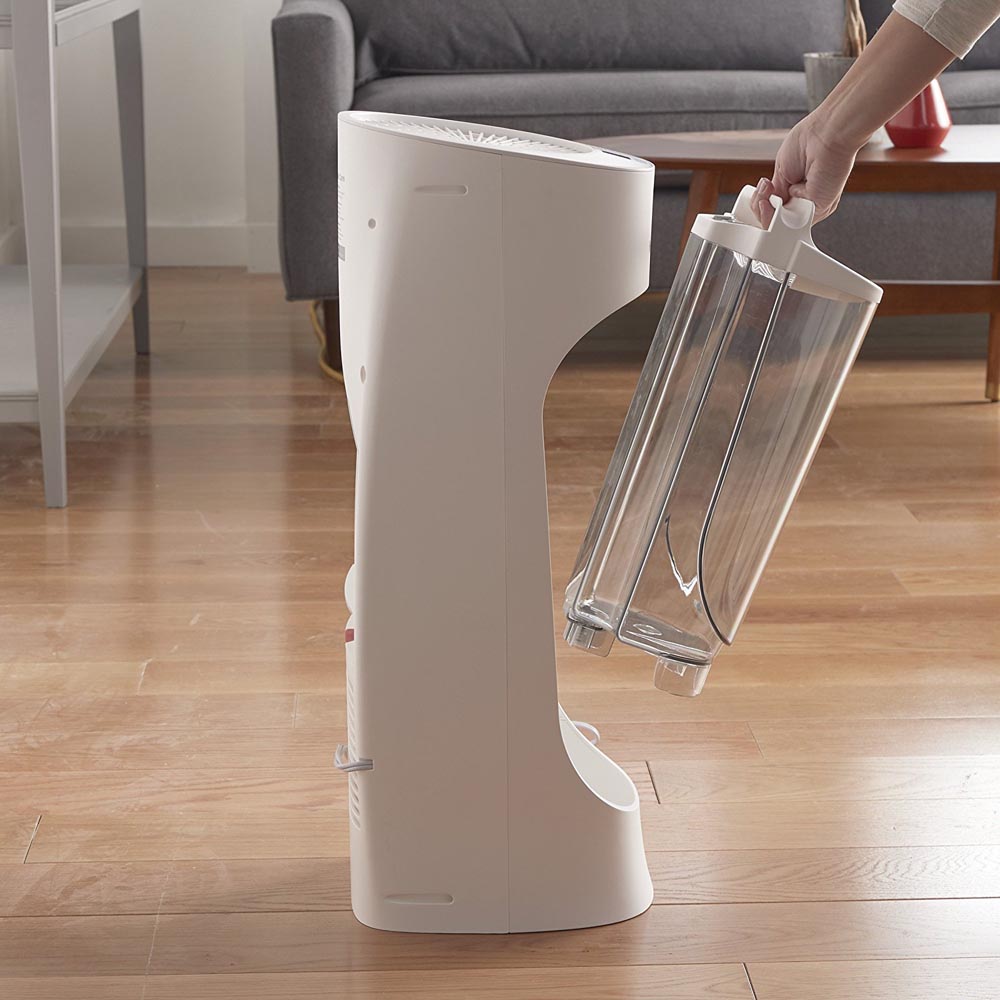
Having developed air quality products across multiple factories for years, I've seen firsthand how advanced features often necessitate specialized sourcing strategies. For Honeywell's premium humidifiers, this pattern shows up clearly in two key technologies: electrode steam systems and smart connectivity.
The electrode steam canisters powering Honeywell's high-end HM750 and HM700 whole-house humidifiers perfectly exemplify this specialization. Unlike basic components available from dozens of suppliers, these sophisticated electrodes require specialized manufacturing expertise found primarily in Korea and India.
The vulnerability of single-source components became painfully obvious during the supply chain crisis of 2022. According to my industry contacts, Resideo got caught flat-footed when their primary electrode canister supplier in Korea experienced production disruptions, leading to inventory shortages of their premium whole-house humidifiers.
Even more interesting is how geopolitical factors are reshaping development of next-generation "smart" Honeywell humidifiers. The Wi-Fi circuit boards enabling smartphone control and smart home integration for upcoming Honeywell portable humidifiers are being co-developed with partners in Malaysia rather than China. This strategic decision helps insulate these products from potential future technology export restrictions that could disrupt Chinese-developed wireless components.
This geographic diversification of technology development creates its own headaches. Based on my experience with similar product certification processes, shifting Wi-Fi component development to Malaysia requires complete recertification with regulatory bodies like UL and the FCC in the United States, typically adding 9-12 months to the timeline for transitioning production.
Conclusion: The Global Footprint of Honeywell Humidifiers
After exploring the complex manufacturing geography of Honeywell humidifiers, what insights can we draw about the future of global production for home appliances?
Honeywell humidifiers perfectly exemplify the multi-layered reality of modern manufacturing, with production split between Chinese facilities for consumer models and Mexican operations for professional systems, while still maintaining deep component dependencies across Asia. This dual-license, multi-continent approach lets the brand balance cost efficiency, market proximity, and supply chain resilience, though diversification efforts to Vietnam and Thailand face significant economic headwinds despite tariff advantages.
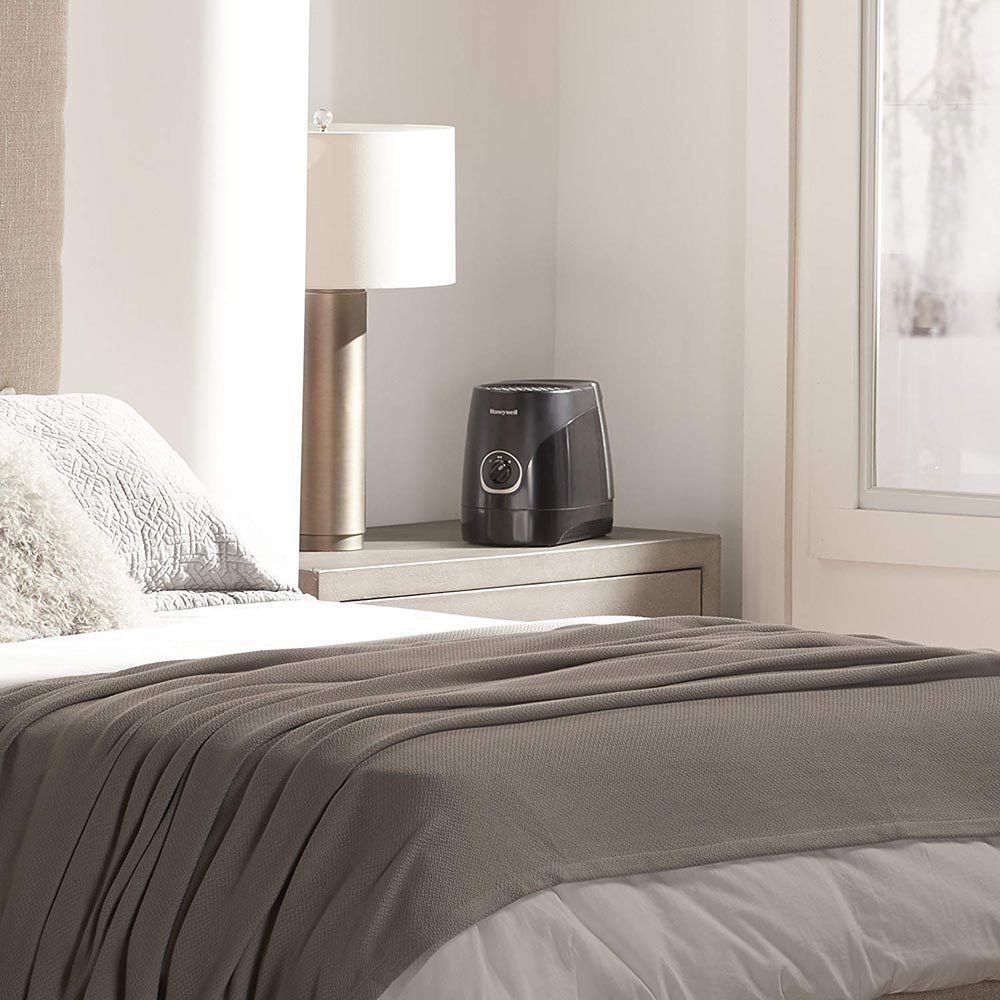
In my two decades working in air quality product manufacturing across Asia, I've witnessed remarkable transformations in global supply chains. Honeywell's humidifier production strategy reflects broader industry trends that will likely shape home appliance manufacturing for years to come:
-
License-Based Manufacturing Divergence: The split between Helen of Troy/Kaz for portable units and Resideo for whole-house systems has created naturally divergent manufacturing strategies optimized for different market segments.
-
Persistent Chinese Manufacturing Advantages: Despite rising labor costs and trade tensions, China's unparalleled component ecosystems and manufacturing efficiency continue to make it the dominant production hub for consumer-grade humidifiers.
-
Regional Production for Professional Products: Whole-house systems benefit from Mexican production that leverages USMCA advantages and proximity to professional installation markets in North America.
-
Component Dependency Challenges: Even products assembled outside China maintain significant dependency on Chinese components, creating complex supply chain vulnerabilities.
-
Technology-Driven Sourcing Complexity: Advanced features like steam electrodes and smart connectivity are creating new sourcing patterns that span Korea, India, and Malaysia, adding complexity to already global supply chains.
As someone managing factories across multiple Asian countries, I believe the future of humidifier manufacturing for Honeywell and the broader industry will involve increasingly sophisticated global networks rather than simple geographic shifts. The most successful brands will be those navigating the complex balance between cost efficiency, supply chain resilience, and proximity to end markets.
The story of where Honeywell humidifiers are made isn't just about geography it's about how global brands adapt to changing economic, political, and technological forces while maintaining the quality and value their customers expect.



